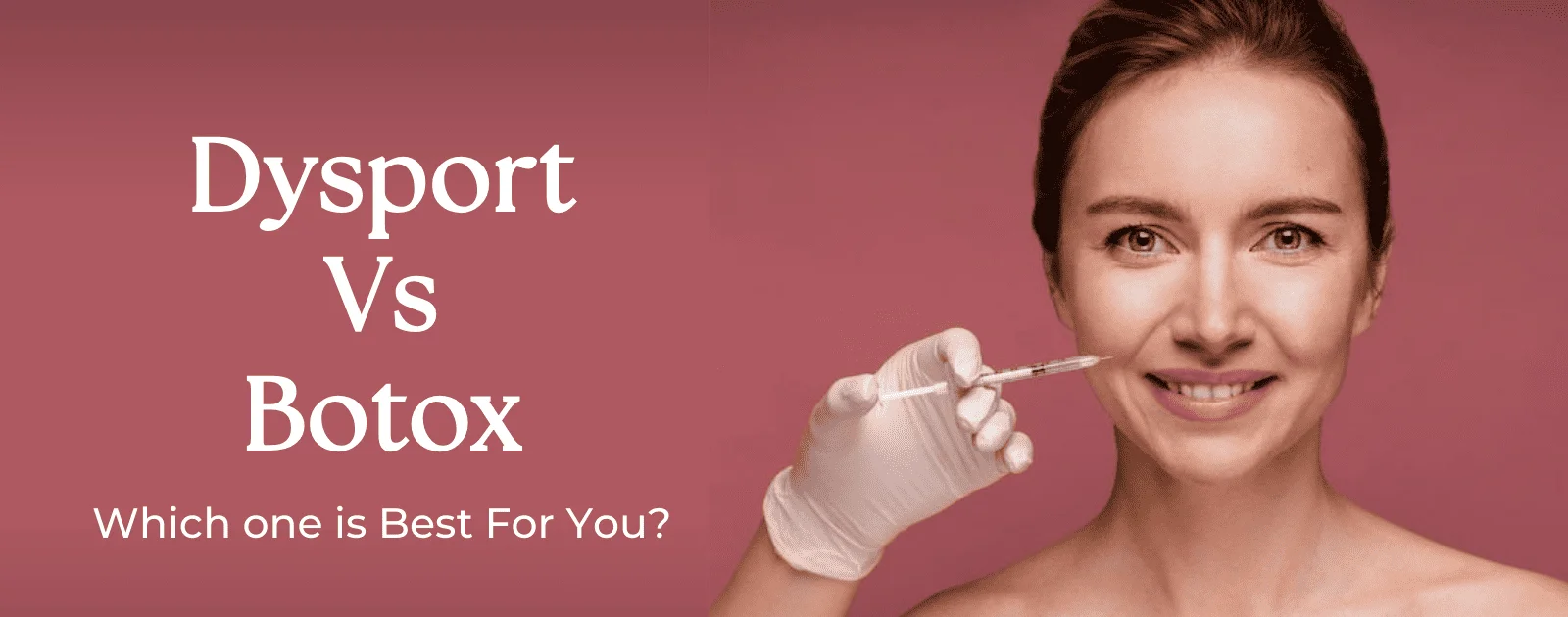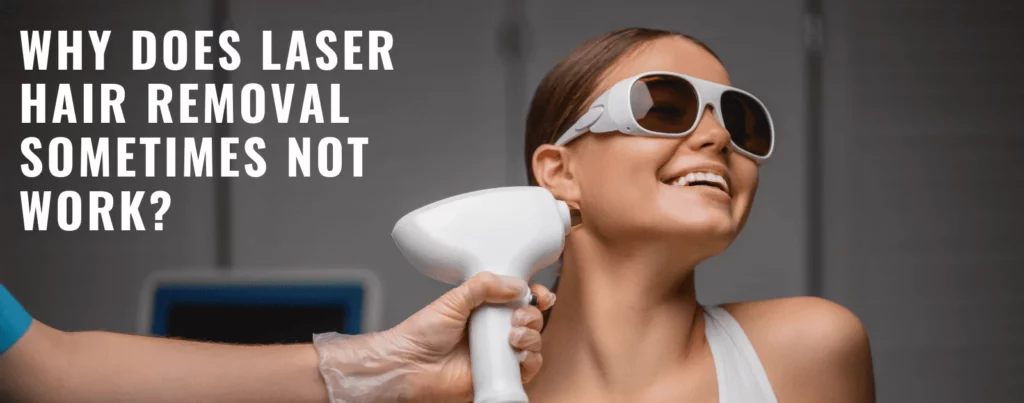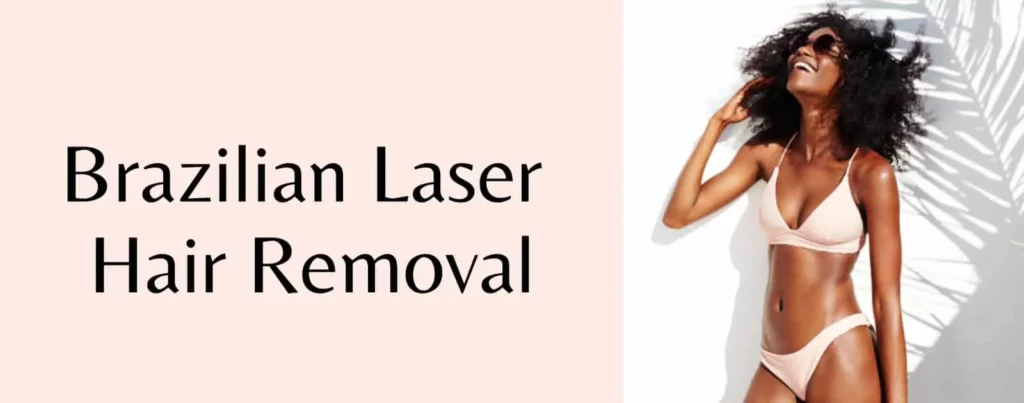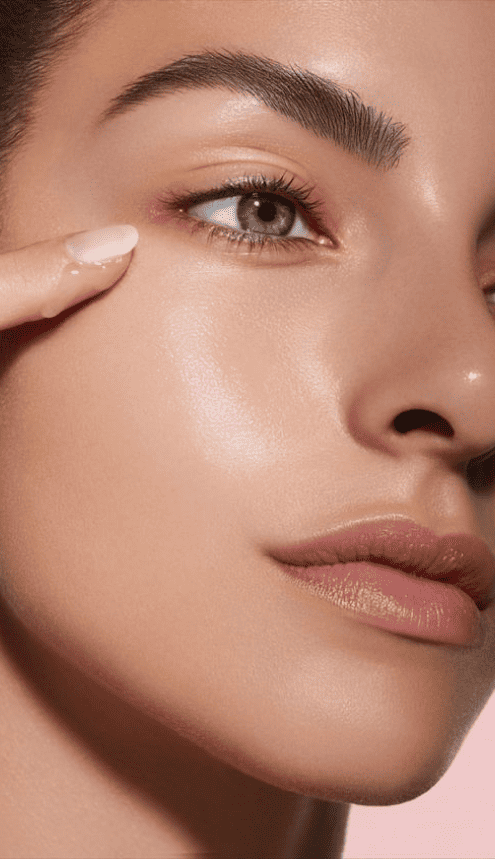Let’s start with a little terminology
Glabellar Lines (Frown Lines): These are those pesky lines between your eyebrows. They’re like the first signpost on the road to aging, and some folks even call them the “11s.”
Bunny Lines: Ever noticed those little lines that show up when you wrinkle your nose? Those are bunny lines, and they can go in all sorts of directions.
Crow’s Feet: Those smile-induced lines that creep out from the corners of your eyes, especially when you’re having a good laugh.
Smile Lines (Nasolabial Folds): These are the creases that hang out around the corners of your mouth, sometimes called marionette lines.
What is Botox?
Botox? the superstar of the cosmetic world, which has been around the longest and can handle frown lines, crow’s feet, and those annoying spaces between your brows all at once. It’s been FDA-approved for cosmetic use since 2002 and is the go-to for many first-timers. Plus, it’s not just about looking good; Botox also has medical uses, like treating excessive sweating or chronic migraines.
Botox is the pioneering neuromodulator, having racked up the longest track record of success and the biggest market share. It’s the only neuromodulator that can treat frown lines, crow’s feet, and the space between the brows simultaneously.
Botox, or onabotulinumtoxinA, has been approved for cosmetic usage since 2002, specifically for the treatment of glabellar lines (vertical furrows between the eyebrows). So, here’s the scoop on Botox’s journey into the world of wrinkles and beauty. Back in the day, people were using it off-label to tackle all sorts of issues. But then, in 2017, it officially got the green light to zap those crow’s feet – you know, those lines that show up when you smile big. And back in 2013, it got the nod for smoothing out moderate to severe forehead lines.
Now, here’s where it gets interesting. Botox has some secret talents too. Sure, it’s FDA-approved for frown lines, but some crafty clinicians have been using it off-label to work its magic in other places. Like injecting it into the upper lip to give you that subtle “lip flip” that makes your pout look a bit fuller. It’s like a little beauty hack! And that’s not all – folks have been using it to smooth out lip lines, tackle chin wrinkles, say bye-bye to neck bands, and even give patients mini brow lifts. So, Botox is like a versatile beauty tool, not just a one-trick pony.
You might start noticing a change as early as day three or four, but it’s like planting a seed – the full benefits bloom over the course of about two weeks. And here’s the cool part: those benefits can stick around for two to four months. As for downtime, it’s a breeze. You might see a little redness around the injection site, but it usually clears up within 15 minutes to a day. To keep that fresh look, you can schedule touch-ups every three to four months.
But wait, there’s more! Botox isn’t just for looking good. It’s got a superhero side too. It can come to the rescue for medical stuff like excessive sweating, annoying eyelid twitches, chronic migraines, and even muscle spasms in your neck or elsewhere. So, it’s not just about beauty – Botox has your back for health too. The precision of this method reduces the likelihood of brow ptosis, which can impair vision if left untreated.
What is Dysport?
AbobotulinumtoxinA (Dysport) was granted FDA approval in 2009 to treat the painful condition of cervical dystonia (in which the neck muscles contract involuntarily, causing the head to twist or turn to one side) in adults, and to temporarily improve the appearance of moderate to severe glabellar lines.
Alright, let’s break down why Dysport is like the speedy superhero of the cosmetic world. So, here’s the deal – when you get Dysport, you might start seeing results in just a few days. That’s faster than a lot of other options out there. And the good news is, those results can stick around for up to a week, which is pretty cool.
Now, here’s the science part. Dysport’s got this smaller protein thing going on compared to Botox, which makes it kind of a ninja when it comes to spreading out. You need fewer shots to get the job done, especially when tackling big areas like your forehead. Dr. Hartman even says Dysport is like a champ when it comes to the forehead, covering it like a cozy blanket but still allowing some natural movement.
But wait, there’s more! There’s this 2021 study that suggests Dysport might have a bonus superpower – reducing skin oiliness. It’s like saying goodbye to that shiny, greasy look. Now, all neuromodulators can help with this, but Dysport seems to be the star player in the “oil control” game. It’s like a two-for-one deal – wrinkle reduction and a matte finish.
But remember, the FDA hasn’t given the official thumbs-up for using Dysport to fight oiliness, so more research is needed. But hey, it’s a promising start, right?
Is Botox or Dysport better?
When it comes to picking between Botox and Dysport, here’s the deal: It’s kind of like choosing the right tool for the job. And guess what? You don’t have to figure it out all on your own.
The smart move is to sit down with our Medical Practitioners. These folks are like your beauty gurus, and they’ll give you the lowdown on what’s best for your unique situation.
So, here’s the scoop – if you’re in a bit of a hurry and want those results ASAP, Dysport could be your go-to. It’s like the speedy delivery option of dermal fillers.
But if you’re in it for the long haul and want those effects to hang around like a loyal friend, then Botox might be your jam. It’s like the slow and steady champ.
In the end, it’s all about what works best for you, and these pros will help you make the call. Whether you’re after a quick fix or a lasting transformation, they’ve got your back!
What is the duration of the results?
Dysport – it’s like the speedy Gonzales of dermal fillers. You pop it in, and boom, you might start seeing the full effects in just a few days. Nice and quick, right? And those effects usually hang around for a solid three to four months before you even need to think about a touch-up.
Now, Botox, on the other hand, takes a bit of patience. Most folks say they start noticing something happening around a week after the injections. But here’s the twist – it can take up to a whole month for the full effect to kick in. But guess what? It’s like the marathon runner of the filler world because once it gets going, it tends to last a bit longer, sometimes up to a generous six months. So, if you’re all about the long-lasting results, Botox might be your ticket.
And here’s the fun part – you become a bit of an expert on your own skin. As you use either of these, you’ll get a feel for how long it works for you. Most people usually book their follow-up appointments in three to four months, just before the magic wears off. It’s like a beauty routine that you totally master over time.
Conclusion
The best choice is the one that helps you meet your goals, plain and simple. If you’re dealing with some deep frown lines that just won’t quit, Dysport might be your superhero. It’s like the wrinkle warrior that can really tackle those tough lines.
Now, if you’re on a mission to keep the signs of aging at bay all over, Botox could be your trusty sidekick. It’s like your partner in the battle against time.
So, the bottom line – it’s all about what you want to achieve. Whether it’s wrinkle warfare or an all-over anti-aging strategy, go with the one that suits your mission. You’ve got this!





